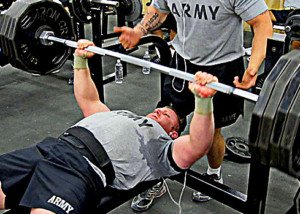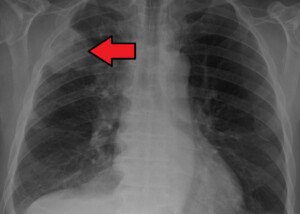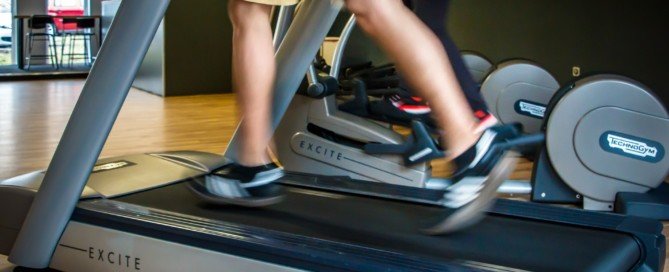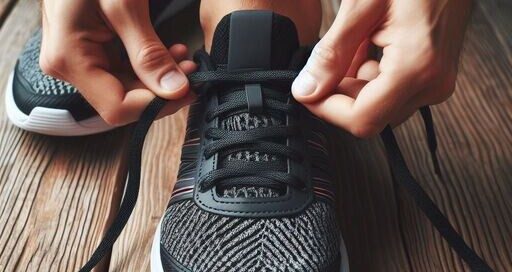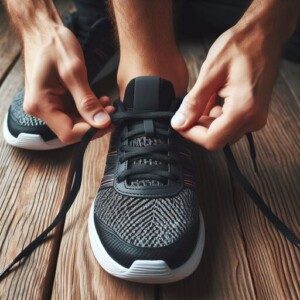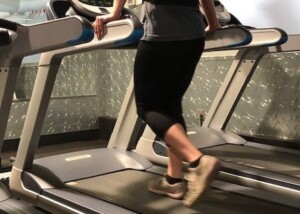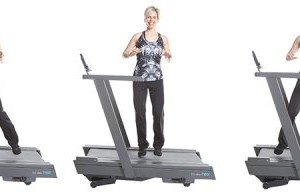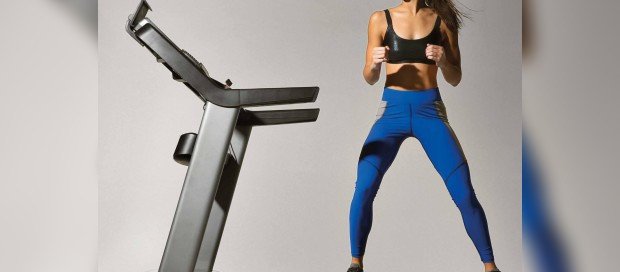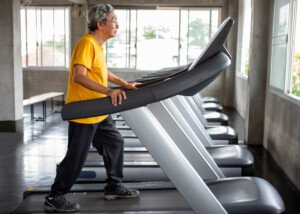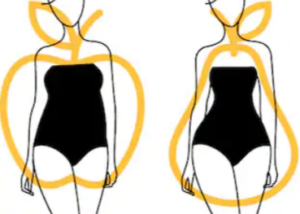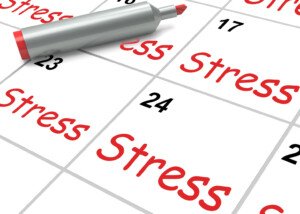How Much Weight Must a Woman Lift to Look Like a Man?

How many pounds must a woman lift before it starts making her look like a man? (more…)
Can Smokers Do High Intensity Interval Training Safely?

Is it safe for smokers to do HIIT forms of exercise?
There are smokers out there who are wondering if it’s okay to do HIIT, due to its hardship on the cardiovascular system. (more…)
HIIT on a Treadmill for Melting Thigh and Belly Fat
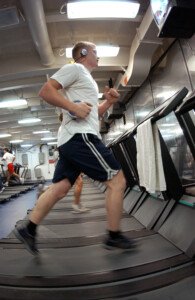
No thinking required: Just follow these various HIIT treadmill programs and watch that fat drip off your thighs, belly and elsewhere.
These high intensity interval training workouts are designed to smoke off body fat like never before.
These treadmill HIIT workouts are not for the squeamish, nor are they for people who don’t think it’s cheating to hold onto the treadmill!
These fat-burning HIIT workouts will work only if you pump your arms or, at least, allow them to move naturally and freely in synch with your lower body.
Remember, if you were outdoors exhausting yourself with high intensity interval training, you wouldn’t be grabbing onto anything, so use that same logic when exercising on a treadmill.
HIIT treadmill workout No. 1.
This will really burn fat. Set treadmill to 15 percent incline. Do eight, 30-second “sprints” at the following speeds: 6, 7, 8, 9, 10, 10, 9, and 8 mph.
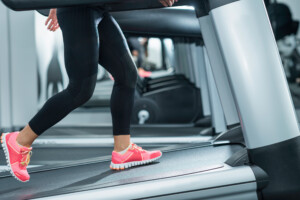
Shutterstock/Microgen
In between is a 2-3 minute rest-walk at a slow pace and no incline.
HIIT treadmill workout No. 2.
For ultimate fat burning, set the incline at 15 percent.
Do six, 15-second bunny hops, feet leaving tread surface at the same time and coming back down at the same time, at the following speeds: 3.5, 4, 4.5, 5, 5, and 5 mph.
In between is 1-2 minutes of a slow walk with no incline.
Do not hold onto the rails while hopping, or you’ll cancel out the effect of the exercise.
High intensity interval workout for the treadmill No. 3.
This will rip off fat. For machines that go up to 10 mph, do eight, 30-second sprints at zero incline at the following speeds: 8, 9, 10 mph; then at 2 percent incline, 10, then at 3, 4, 5 & 6 percent incline, 10. In between walk a few minutes slowly.
If your treadmill goes up to 12 mph, do eight, 20-second sprints at zero incline at 10, 11, 12 & 12 mph.
Then at 3 percent incline, 12 mph, then at 4, 5 and 6 percent incline, 12 mph. In between walk a few minutes slowly.
For treadmills that go up to 15 mph, use no incline (unless you’re a beast) and do a HIIT workout consisting of eight, 30-second sprints at the following speeds: 12, 12.5, 13, 13.5, 14, 14.5, 15 & 14 mph. In between walk slowly 3-4 minutes.
Before beginning any of these high intensity interval training stints on a treadmill, warm up 10-15 minutes, and upon conclusion of the HIIT sessions, warm down 5-7 minutes.
Stretch afterward for five minutes, then drink lots of water, which you should also sip throughout the workout if possible without discomfort.
Some people find it awkward to remember to drink water during a hard workout.
If that’s you, then that’s okay; just make sure that you make up for any lost sweat by hydrating after the workout.
Water may be easier to drink if you put a lemon wedge in it.
High intensity interval training has been proven by much research to be superior to paced movement for burning fat, whether it’s done on a treadmill, bike or other pedaling machine, stepper, etc.
 Lorra Garrick is a former personal trainer certified through the American Council on Exercise. At Bally Total Fitness she trained women and men of all ages for fat loss, muscle building, fitness and improved health.
Lorra Garrick is a former personal trainer certified through the American Council on Exercise. At Bally Total Fitness she trained women and men of all ages for fat loss, muscle building, fitness and improved health.
Best Fat Burning Aerobic Exercises for Obese Women & Men

Some cardio forms of exercise are better at fat-burning, even if you’re obese, than are others.
Avoid the mistake of doing cardio the wrong way that won’t burn off much fat. (more…)
How to Do HIIT at Home Without Cardio Equipment
YES, you can do HIIT inside your home without cardio equipment, all while the babies are asleep.
You can get just as much a crushing fat-burning effect as you would on a machine. (more…)
How to Correctly Walk Sideways on Treadmill Without Holding On
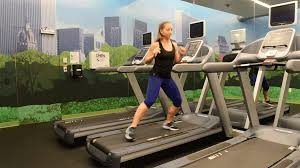
Stop doubting in your ability to walk sideways on a treadmill without holding on; this is so much simpler than you think.
I’ll have you walking hands-free next time you step onto a treadmill. (more…)
Sideways Treadmill Walking: 1 to 2 mph: Guidelines
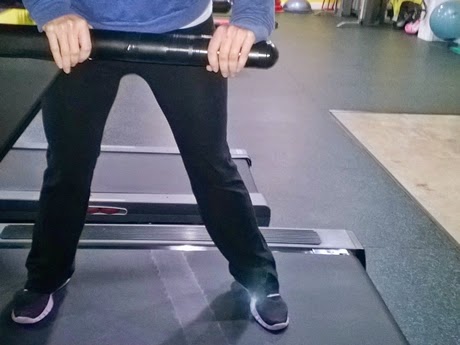
If you hold on while walking sideways on a treadmill, you totally defeat the purpose. An able-bodied person has no excuse for this.
Here’s why it’s wrong. (more…)
Can Food Alone Flatten Your Belly?

You’re heard of “belly flattening foods,” right?
While LESS food can shrink fat cells in your stomach, what about a particular food that actually shrinks fat cells? (more…)
New to Treadmill, Men 65+, Guidelines: Don’t Hold Onto Rails

Hands off the treadmill is the first rule for men 65+ who are new to exercise.
This destructive habit is worse for seniors than young people. It could strain the hips and shoulders. (more…)
What Is Hormonal Exercise and Why Does It Burn So Much Fat?

Hormonal exercise is the best way to blast off body fat, no matter how much you have.
Anyone can do hormonal exercise: beginners, old, obese. It saves time too! (more…)


